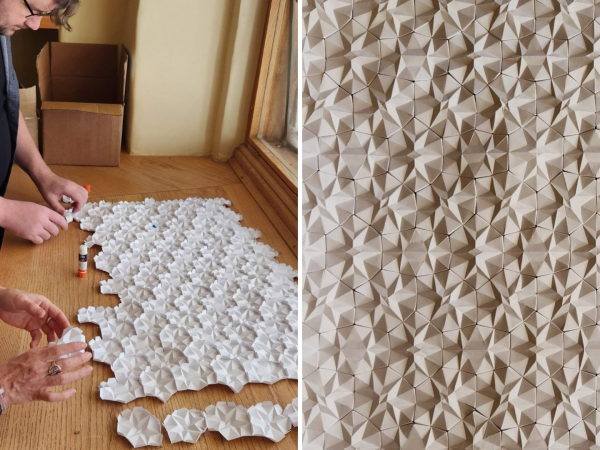Phenomenology of Folding Space-Time: Light & Islamic Patterns
This course explores Islamic patterns through paper folding techniques that mimic the behavior of light and mirrors. Students will engage hands-on with pre-cut, pre-creased printed paper to understand principles of experimental modulation.
Participants will create both murals (2D compositions) and sculptures (3D forms), all inspired by Islamic geometric art. Origami will be used to construct and analyze patterns, emphasizing optical geometry and spatial interaction.
Through guided practice, students will learn the logic of designing folded patterns in 2D and 3D. With infinite variations possible, the course encourages creativity and innovation, potentially leading to entirely new designs.
While the focus is on paper, students are encouraged to explore other materials—such as textiles or wood—and applications like prototyping or geometric drafting.
We’ll use standard print paper for ideation and special crease-etched paper for final pieces. Four designs will be available, each offering diverse interaction possibilities. The paper is durable, colorfast, and suitable for outdoor display without protective coatings. Cutting techniques will also be explored, revealing unexpected results through layered folds.
Ultimately, the course aims to deepen students’ understanding of Islamic geometric art as a meditative, creative, and material-based practice—offering insights that extend beyond paper.
Booking Options
This course explores Islamic patterns through paper folding techniques that mimic the behavior of light and mirrors. Students will engage hands-on with pre-cut, pre-creased printed paper to understand principles of experimental modulation.
Participants will create both murals (2D compositions) and sculptures (3D forms), all inspired by Islamic geometric art. Origami will be used to construct and analyze patterns, emphasizing optical geometry and spatial interaction.
Through guided practice, students will learn the logic of designing folded patterns in 2D and 3D. With infinite variations possible, the course encourages creativity and innovation, potentially leading to entirely new designs.
While the focus is on paper, students are encouraged to explore other materials—such as textiles or wood—and applications like prototyping or geometric drafting.
We’ll use standard print paper for ideation and special crease-etched paper for final pieces. Four designs will be available, each offering diverse interaction possibilities. The paper is durable, colorfast, and suitable for outdoor display without protective coatings. Cutting techniques will also be explored, revealing unexpected results through layered folds.
Ultimately, the course aims to deepen students’ understanding of Islamic geometric art as a meditative, creative, and material-based practice—offering insights that extend beyond paper.




